Inside the Hakkoda-Maru
Aomori-ken sits at the very top of Honshu. Getting there on the train is as easy as you could hope: Shin-Aomori is the current terminus of the Tohoku Shinkansen, so you can leap on a Hayate service from Tokyo or, like me, catch it from Morioka, where the Akita mini-shinkansen line meets the Tohoku service (Morioka, incidentally, seems like a rather pretty little city with some nice gardens and the remains of a castle). The train covers quite a distance from Morioka to Aomori, but with very few stops it’s quick.
Like many towns that get linked to the Shinkansen, Aomori has an older station (called, well, Aomori) and the new Shinkansen one (Shin Aomori) outside the town. At Shin Aomori you will find every conceivable type of car rental depot and just about nothing else, so your best bet is to jump on the Ou Main Line service to Aomori (a couple of minutes) or Hirosaki (quite a long way – be sure to get an express, or it’ll take forever).
Hirosaki
Hirosaki lies to the south-west of Aomori, closer to the volcano Iwaki-san. It’s notable for its castle, which also features on the head of the town’s wonderfully bonkers mascot, Takamaru-kun, as seen here cheering on the Tohoku region:
The castle is indeed rather beautiful, with a big moat, a number of gates, and a white keep perched up above: it would probably look stupendous in cherry-blossom season.
Castle aside, the town has a large temple complex (Choso-Ji) that’s worth seeing, and like most of Aomori is big on apples. So much so, in fact, that you can visit the Hirosaki Ringo-Koen (apple park) – just outside the town this has a small museum, a lot of apples, and a hell of a view over to the mountain:
The town’s a very walkable size, but to get to the apple park you’ll need wheels of some kind: there’s (apple-branded) bike rental available from the tourism office at the station. And if you do go there, don’t miss the restaurant where every possible dish is available in some kind of apple-themed or apple-based variant. I had apple curry with apple something on an apple plate. And apple salad with apple dressing.
And an apple. It was delicious.
Aomori
From Hirosaki I doubled back to Aomori. Up on the coast, it’s not the prettiest city you’ll see: the most striking bit of architecture is the ASPAM building, which looks rather like a giant alien tortilla chip. You can pay a few quid to see the city from the second-from-top floor, though, which is worth it for orientation purposes.
There are two things in Aomori that are absolutely worth seeing, though. First, and near the station in a rather splendid modern building, is the Nebuta museum, host to some of the giant illuminated floats that parade through the city during this annual festival (Hirosaki has one, too):
They are huge and absolutely stunning. Secondly, Aomori is the major link on Honshu with Hokkaido to the north, and the traffic back and forth used to travel on huge rail-ferries such as the Hakkoda-Maru:
Now the ships have been replaced by a tunnel, and soon the Shinkansen will go through directly, further relegating Aomori’s importance. The Hakkoda-Maru, though, has been preserved as a museum: inside you can wander through the bridge and accommodation, and boggle at the deck that held three complete trains per journey. The atmosphere is actually quite overwhelming, especially when you see the ship’s crew filmed before its final voyage – there’s a real sense of an important part of the community ending up out of time and passing on.
Staying and Eating
In Hirosaki I stayed in the Super Hotel. It’s cheap – very cheap – but note that the hotel does not open until 3pm, so you can’t even dump luggage there. Also, if you’re googling to find out why the INCREDIBLY LOUD FAN in the bathroom is keeping you awake at 3am, there’s a strange switch labeled in Kanji outside the door – once translated, that will tell you to flip the switch and wait five minutes to silence the fan. Sigh.
Hirosaki isn’t exactly packed with restaurants, especially if like me you show up too late, but I did eat possibly the single largest bowl of ramen I’ve ever had (size chuu, or medium, no less) in the basement of the retro department store (check out the paintings on the front) in the shopping district.
Aomori has dozens of business hotels. I used the JAL City, which is right in front of the ASPAM building – maybe £50 per night, with nice modern rooms and a good view. Restaurants of every type abound, including a great basement sushi place near the station.
Aomori marked the furthest north I could visit on this trip. The next day I jumped back on the main line to Fukushima-ken.
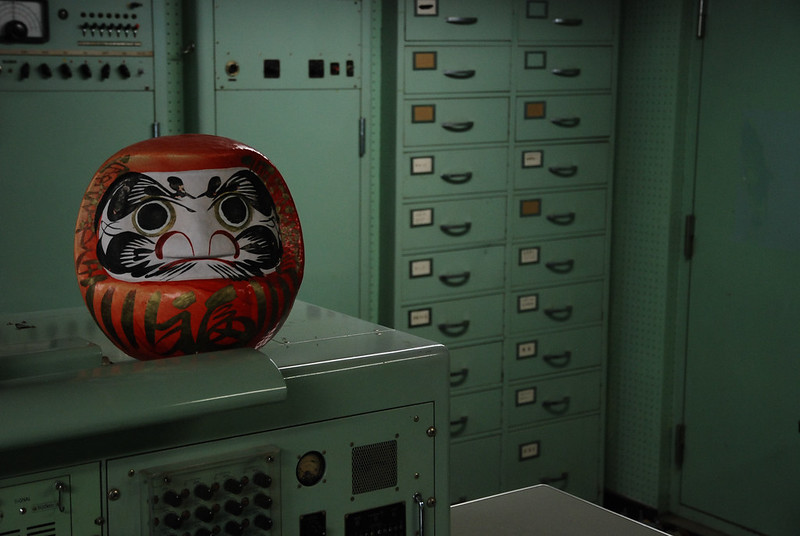

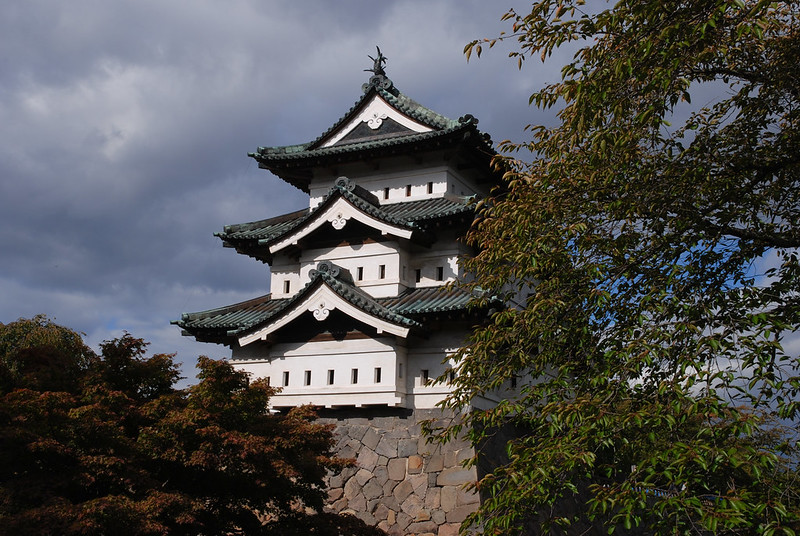
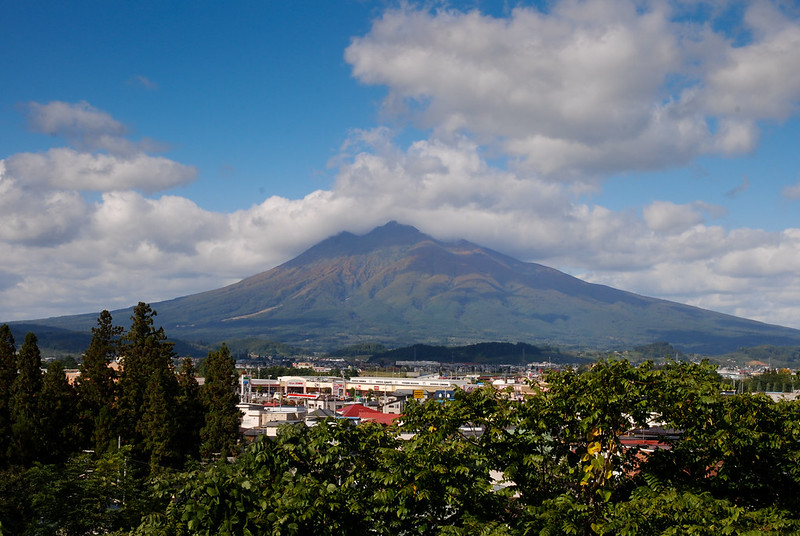
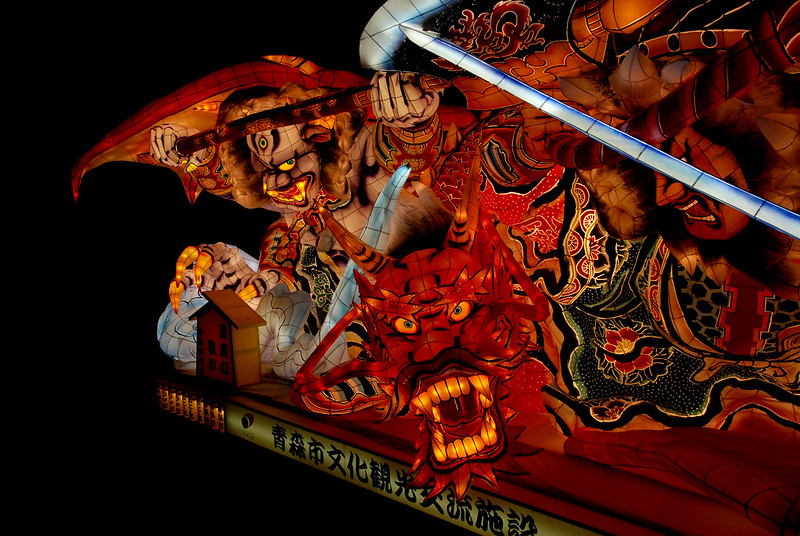
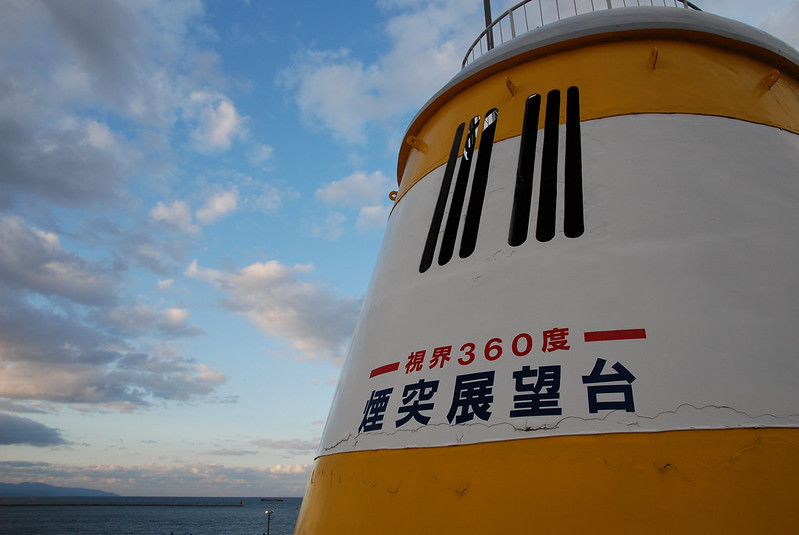
Leave a Reply
You must be logged in to post a comment.